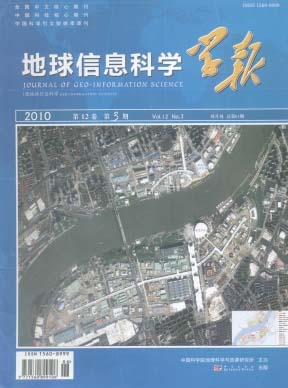ARTICLES
YAN Lei, REN Yuhuan, HUANG Xiaoxia, ZHANG Yanping, LIU Yalan, WANG Shiwen
2010, 12(3): 410-418.
To establish an influenza surveillance system is an effective strategy to monitor or predicate the influenza pandemic.Many countries,such as the United States,Canada,Mexico,Brazil,Britain,the European Union,Russia,Australia,New Zealand and China have established their own influenza surveillance system.In order to improve China's influenza surveillance system,the authors analyzed the differences and characteristics of the influenza surveillance systems among the United States,Europe,and China by the geographical epidemiologic methods.The comparative analysis focused on the influenza epidemic by geographic regions and the evaluation indicators of the surveillance.Based on the consideration of the characteristics of China's topography,climate zoning and administrative management system,the authors proposed that the current surveillance system which includes only north and south regions can be refined into 8 regions:(1) Heilongjiang,Jilin and Liaoning;(2) Beijing,Tianjin,Hebei,Shandong,and Henan;(3)the areas of middle and lower reaches of Yangtze River;(4) Fujian,Guangdong,Guangxi,Hainan and Taiwan;(5) Inner Mongolia,Gansu and Xinjiang;(6) Shanxi,Shaanxi and Ningxia;(7) Chongqing,Guizhou,Sichuan and Yunnan;and(8) Qinghai and Tibet.Although the operational time of the system is short and the cumulated data is insufficient in China,the percentage of influenza-like illness(ILI) of total out-patient cases the mortality rate attributed to pneumonia and influenza in sentinel hospitals can be used to calculate the baseline and the influenza season epidemic threshold.Those baseline and threshold will measure and evaluate the level and severity of an influenza pandemic objectively.The study not only contributed to the applications of the landscape epidemiology theoretically,but also to the surveillance of influenza and other communicable diseases practically.
